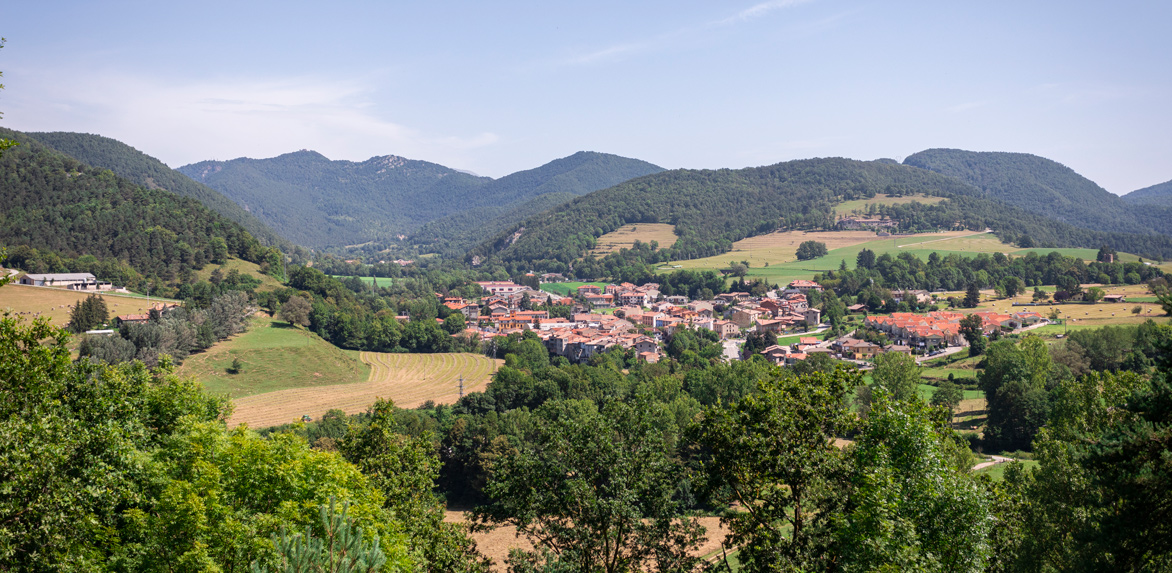Sant Pau de Segúries, the gateway to the Camprodon Valley and its verdant rolling countryside irrigated by the River Ter, is surrounded by mountains such as Miralles, Puig Perrús, Puigsacreu and Capsacosta. Its Roman road, which in places still retains its original paving, and the old town with its narrow streets and houses with stone lintels together with a modern sector founded in the Industrial Age, make Sant Pau de Segúries truly worth a visit.
The municipality of Sant Pau de Segúries
-
Origins
Its exact origins are lost to the ages, but it dates back at least to Roman rule. The village’s earliest mention in documents was in 898 AD, and from the first half of the 10th century it was under the jurisdiction of the monastery of Sant Joan de les Abadesses.
-
Did you know that…?
In October the village organises a hike along the Roman road, in which the participants dress in Roman attire, followed by a celebratory banquet. Don’t miss it!
-
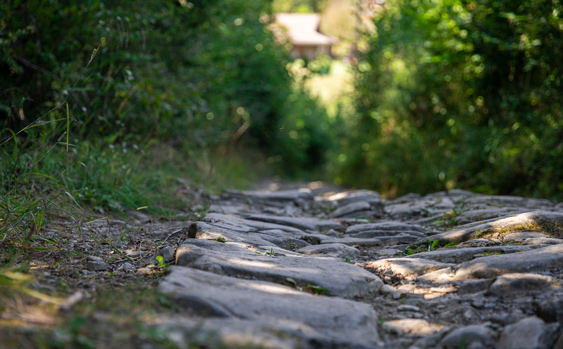
Roman road
The Capsacosta Roman road linked Besalú to France via the Col d’Ares mountain pass. It was an important highway and it is one of just a few well-preserved examples of the Roman road-building technique to be found in Catalonia. It has been declared a cultural asset of national interest.
-

Old Town
The narrow streets of the old town have a medieval layout, with remodelled Roman paving.
-

Sant Pau Vell
The old church of Sant Pau, which was completed in 1693 in the rural Baroque style, has a single wide nave with side chapels.
-
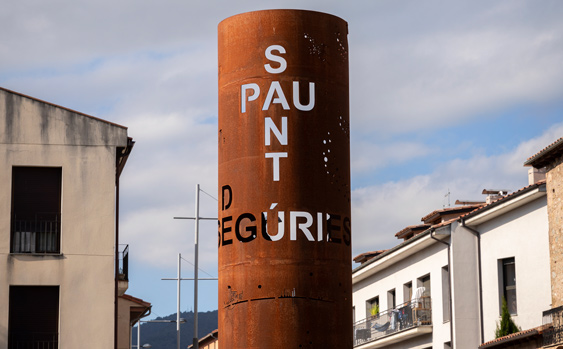
Sculpture
The welcome sculpture at the entrance to the village is the work of Domènec Batalla.
-

La Ral
The hamlet of La Ral and its church of Santa Maria de Gràcia, which dates back to 1609.
-
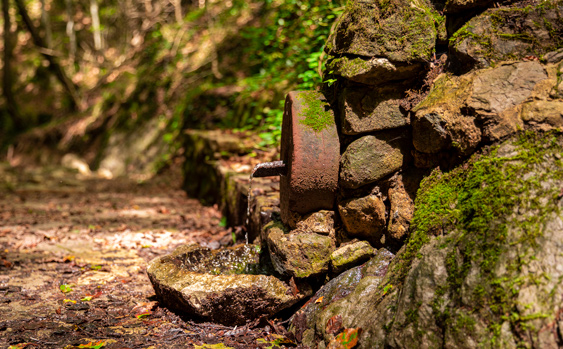
La Puda
Deep in the heart of a majestic beech wood is the sulphur spring of La Puda, which has medicinal properties.
-
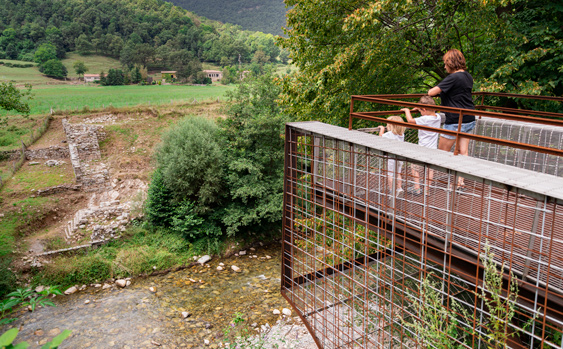
La Rovira Bridge
Here you can visit the ruins of the medieval bridge of La Rovira, which was built to allow the royal road to cross the Ter and was first documented in 1369.
More information
-

Sant Pau de Segúries Town Hall
MORE INFO
Resources
Other towns
-
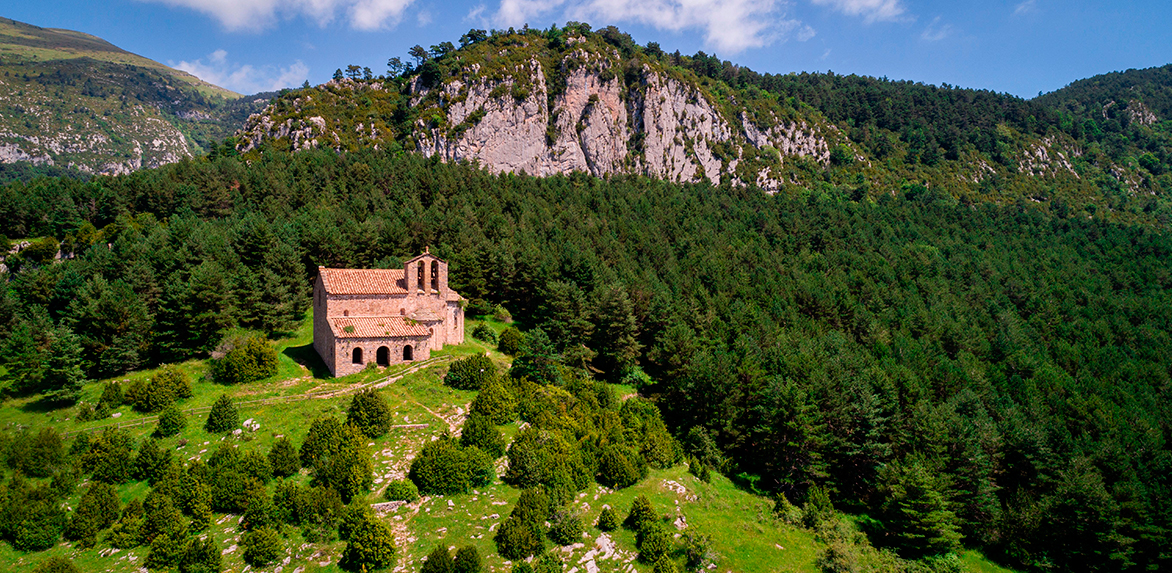
Gombrèn
A land of traditions and the origin of the legend of Comte Arnau. Stroll through the places that forged the...
MORE INFO -
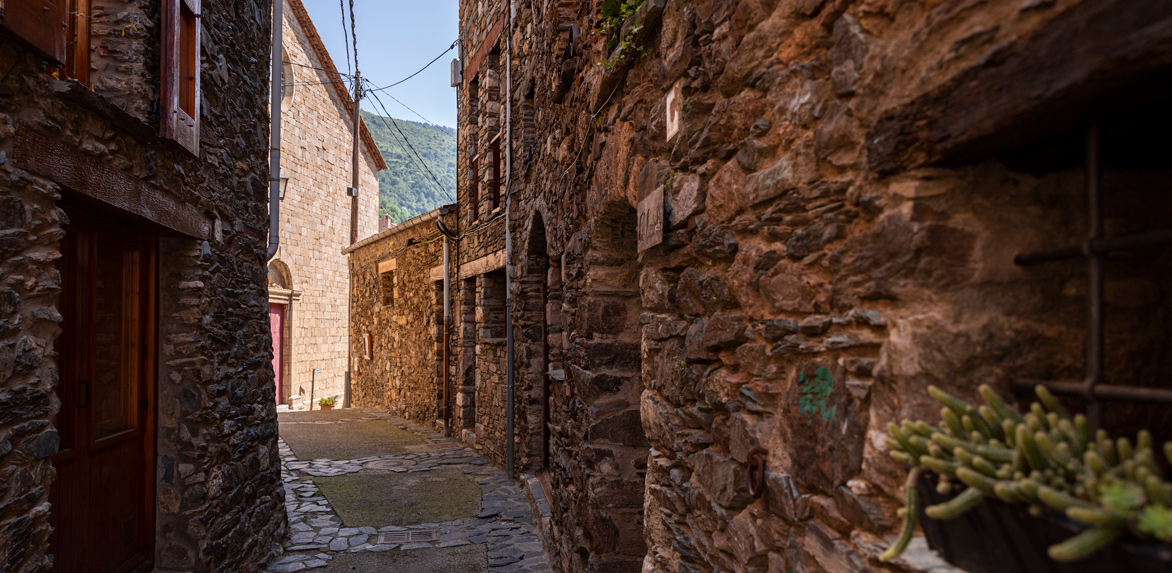
Pardines
The quintessentially Pyrenean village of Pardines lies in the heart of Capçaleres del Ter i del Freser Natural Park....
MORE INFO -

Llanars
Thanks to its location at the opening of the valley, every corner of Llanars is filled with light. As it...
MORE INFO
